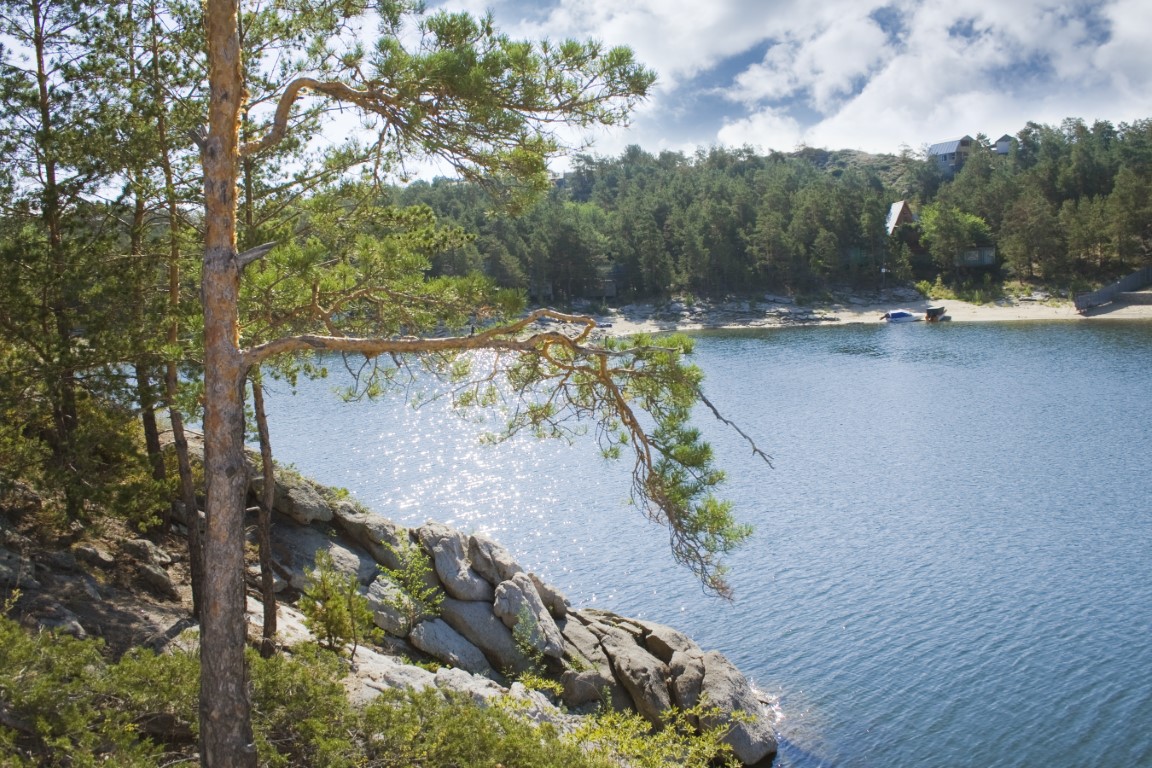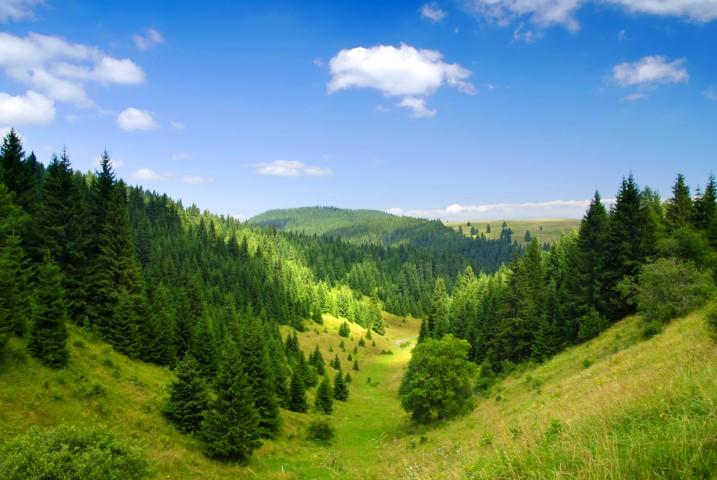
State of Forests in the Caucasus and Central Asia

While forests cover a relatively small share of the vast Caucasus and Central Asian region, they encompass a wide variety of forest types and ecosystems, ranging from mountains, plains and flood plains to steppes, semi-deserts and deserts. These forest types are important to the environment of the region, as they include highly diverse and vulnerable ecosystems, support rich biodiversity, and protect land against erosion and soil loss.
Forest Cover & Types
Forest and other wooded land account for approximately 8% of total land area, with most countries considered as forest poor (with the exception of Georgia with 40.6% of forest cover). According to the FAO Global Forest Assessment 2020, the countries of the region – Armenia, Azerbaijan, Kazakhstan, Kyrgyzstan, Tajikistan, Turkmenistan and Uzbekistan – have from low to very low forest cover with respectively 11.5%, 13.7%, 1.3%, 6.9%, 3.1%, 8.8% and 8.7%.
There is a wide variety of forest types in the region, including mountain forests, xerophyllous forests (shiblyak), forest steppe, fruit/nut forests, desert and semi-desert forests and flood plain (tugai) forests as well as shelterbelts and planted forests. The forest is extremely rich in biodiversity and plays important protection function.
Ownership & Management
In the Caucasus and Central Asia countries, all forests are publicly owned, mostly through a state forest fund, which imposes specific rules on the land concerned. In all countries there are local forest agencies which implement forestry measures on the ground, but in some, these are tightly controlled and run from the centre, while in others, these local management units (often referred to as leskhoz) are quite autonomous or answer to separate local authorities.
Agriculture
Agriculture, including forestry, is of great importance in all CCA countries and is a major employer. With the exception of Kazakhstan and Turkmenistan, agriculture accounts for at least 25 per cent of employment in all CCA countries. The role of rural communities is underlined by the share of the rural population, which is more than 40 per cent for the countries in the region, excluding Armenia.
Driven by intensive agricultural production and a heavy dependence on forests for fuel wood in the region, forest has been significantly degraded over the past years. This resulted in loss of the biological and economic productivity of the land, decrease in environmental benefits, and a substantial negative impact on national economies.